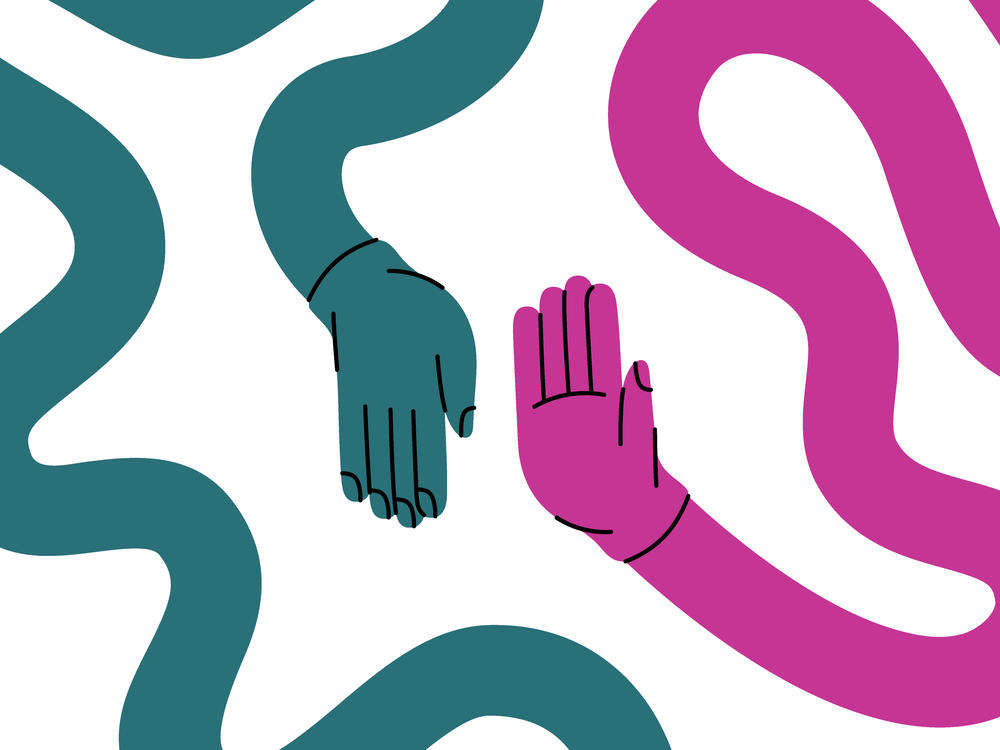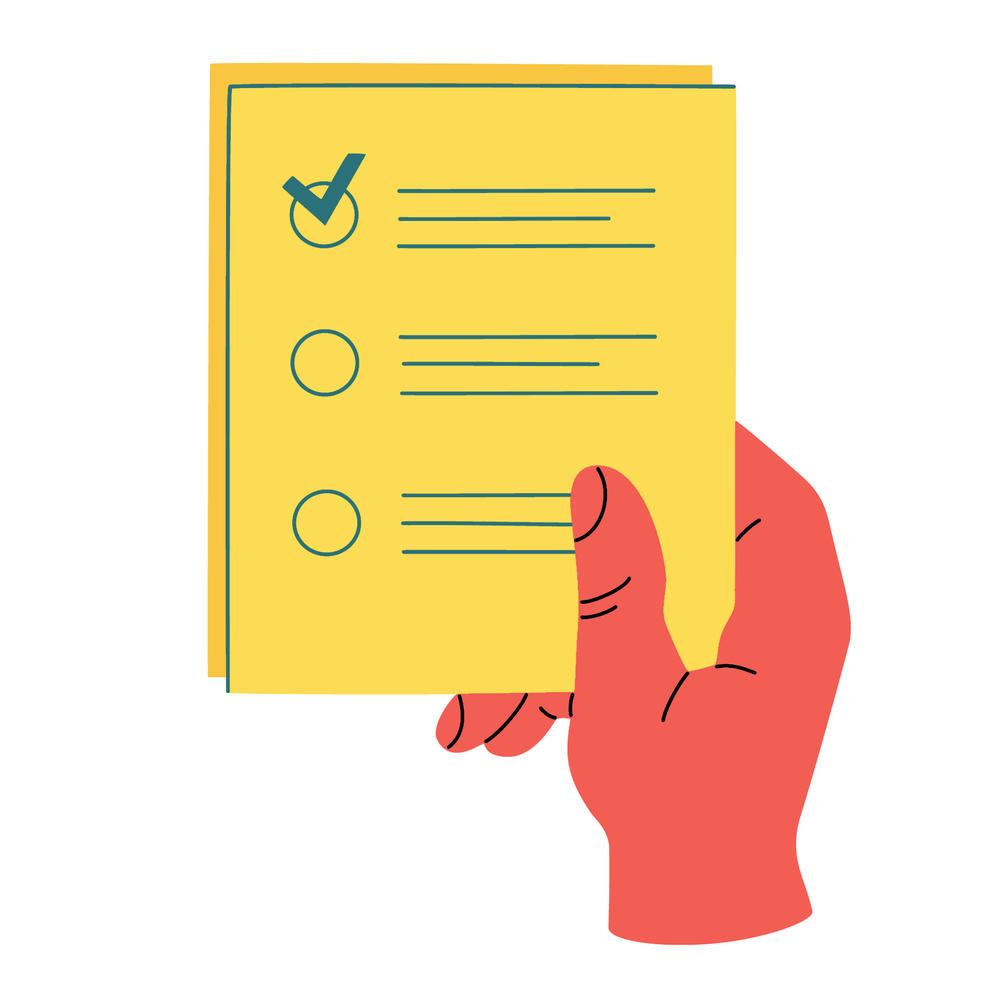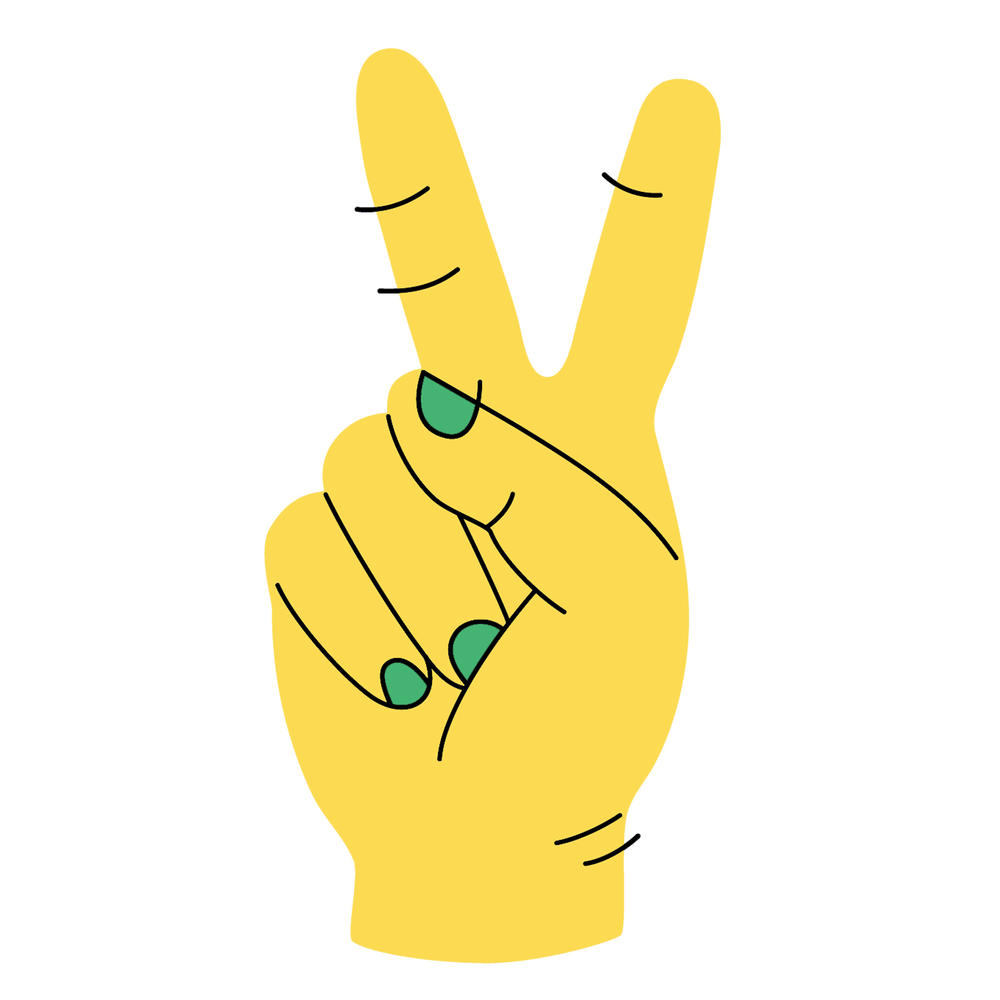Section Branding
Header Content
Business negotiation tactics to use in everyday life
Primary Content
Negotiation skills aren't just for high-stakes situations like job offers and pay raises. They can be used in daily life, like figuring out where you and your friends should go on vacation or what you and your partner should cook for dinner tonight.
They can also help you get what you want and make decisions with more confidence, says Joan Moon, a career coach and the head of negotiation coaching at the Negotiation and Conflict Resolution Collaboratory at the Harvard Kennedy School. "They can improve your satisfaction with your situation and give you a sense that you are making intentional choices."
Moon explains four classic negotiation tactics often used in business environments — and how they can be applied in everyday circumstances.
The tactic: Benchmarking
This strategy allows you to gather the information you need to make a fair decision. It's when you compare an offer to market standards and best practices, "then figure out where you lie within that range" to get an optimal deal. People often use benchmarking in salary negotiations to ensure they're being paid equitably, says Moon.
How to use it in everyday life: Use this tactic when making big consumer choices, says Moon — like hiring a contractor to renovate your kitchen or buying a car. "What you're doing is researching good information and an appropriate price point for this purchase" to align your budget and the industry standards.
The tactic: Win-win strategy
This helps different parties find one solution that's in everyone's interest. You might see this in business contracts or labor agreements, for example. Parties won't sign until the terms are mutually beneficial.
How to use it in everyday life: Try this when you want the other party to not just agree with your decision, but feel good about it. Moon shares a recent personal experience. Her phone line was down so she called her phone company to get reconnected — but the customer service agents were unhelpful. She could feel herself getting upset, so she decided to reframe her request using a win-win strategy. She said: "Listen, I've been with this company for ten years and I would like to keep doing so for another ten years. Can we focus on a solution?"
The approach worked, she says. The company didn't want to lose a loyal customer — and Moon wanted her phone fixed.
The tactic: A menu of options
This approach avoids requests that result in a simple yes or no answer. People often use this tactic when negotiating the benefits of a job offer, says Moon. For example, instead of asking for more flexibility at a new job and getting a flat-out no, you might propose a couple of options: working three days remote or a four-day workweek, expanding the possibility of a favorable outcome.
How to use it in everyday life: Offer "a menu of options" to someone if they think only one solution is possible. Let's say you're upset with your roommate for being messy, says Moon. Instead of asking them to clean up (which they haven't been doing), give them choices: hire a housekeeper, change the breakdown of responsibilities at home or adjust the cleaning schedule. "When you present options, it signals to the other person: let's solve this problem together," says Moon.
The tactic: Best Alternative to Negotiated Agreement
Negotiators use BATNA to come up with a backup plan when their desired outcome isn't possible. It helps avoid a total win-lose situation. You might use BATNA when comparing job offers with unfavorable conditions. For example, one job requires you to relocate your family to another state, while the other job pays less but is local. Your BATNA might be to stay at your current gig and keep job-hunting until you find something better.
How to use it in everyday life: You can use BATNA for the smallest decisions, like figuring out what to eat for dinner. Let's say your partner wants to stay in and cook tacos but you're not craving it. So you propose your BATNA — you'll go out for a burger instead. Yes, you'll have to leave the house, but you won't need to cook or clean up the kitchen.
The digital story was written by Malaka Gharib and edited by Margaret Cirino and Meghan Keane. The visual editor is Beck Harlan. We'd love to hear from you. Leave us a voicemail at 202-216-9823, or email us at LifeKit@npr.org.
Listen to Life Kit on Apple Podcasts and Spotify, and sign up for our newsletter.





